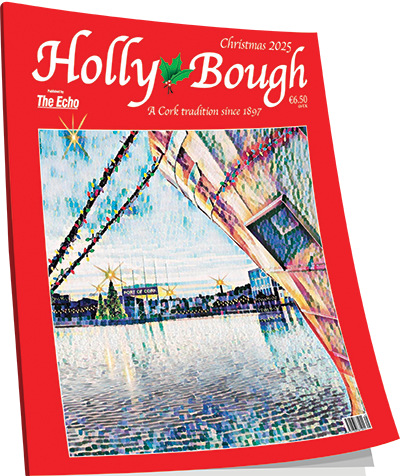'It was all a bit surreal': Cork doctor recalls day she won BT Young Scientist prize
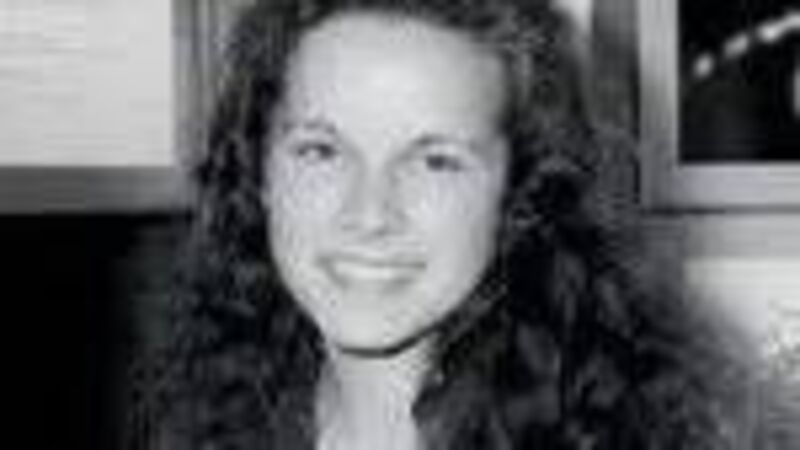
Catherine Conlon when she won the Young Scientist competition in 1981
The BT Young Scientist & Technology Exhibition is much more than a competition. It is an unforgettable lifetime experience that was one of the formative events of my adolescence, when I won the overall prize all those years ago, in 1981 when I was 17.
The first competition had taken place 16 years earlier in the Round Room of the Mansion House in 1965. It was the brainchild of two UCD physics researchers, Rev Dr Tom Burke and Dr Tony Scott, who came across the concept of ‘Science Fairs’ while conducting research in New Mexico, America.
The pair decided that this type of hands-on experience was something Irish students could benefit from by taking science out of the classroom. And so the BT Young Scientist and Technology Exhibition was born.
I first visited the Exhibition in the RDS when I was about 12. My father brought my three older siblings and me to the event and we wandered around and picked up as many leaflets as we could.
There was something about it - an intoxicating mix of fun and adventure and curiosity - that got into my system. I recall the winners, corralled in the centre with bright lights, and lots of curious people asking questions, and I thought: that could be me.
Four years later, I was there with my older brother, Peter, with a project on spiders. We discovered their webs were uniquely structured to match prevailing climate conditions – more robust on wet and windy days then they needed to be on fine days. For our trouble, we won the overall group award.
My brother – now consultant nephrologist in Beaumont Hospital - was the chief scientist and I was the administrative assistant. He was the spokesperson and I was the back-up. That all changed the following year when Peter left school and I entered an individual project. I was chief scientist and chief communicator.
The project looked at the spider and its web from every angle. I went to the Physics Department in UCD and asked them how I could invent an instrument and what scientific formulae I could use to measure the strength and elasticity of the fibres in the spider’s web.
It subsequently emerged that the tensile strength of the scaffolding fibres was stronger than steel and the radial fibres were highly elastic to prevent the wind tearing the web apart.
I went to the electron microscopy unit in Trinity and asked could they put the different web fibres under a microscope to look at how their structure was adapted to their function. The images were fascinating, as the radial fibres showed fibres plaited together and the interconnecting fibres between radii had a wavy structure with the intervening gaps filled with glue - so that prey would stick and get caught in the web.
High resolution images of the spider’s legs showed them to be fitted with six different types of claws to allow them speed and support as they danced across the web. One was a comb-like structure to help them climbing. Another was a hook to allow balance as they dangled on the web.
The meteorological office in Glasnevin supplied me with the data I needed to show how the web structure adapted to an unusually wet, windy summer - compared to the previous summer which had been much warmer and drier.
A friend’s father, a photographer, lent me his cine camera to make movies of the process that occurred when an insect landed on the web and how the spider poisoned, ensnared and stored the prey for future use.
The reason the project won the overall award in 1981 was a combination of constantly asking questions then trying to answer them by whatever means possible – the more innovative and creative the better, supported by the best available evidence for what was already known in the field.
At 17, I did not have all the answers, but I was not afraid to ask the experts how to go about answering a question. Without exception, those experts were all delighted to be asked and spent hours supporting me in devising instruments, teaching me about scientific formulae or facilitating the use of their complex technological equipment to help me find the answers.
I learnt there is no such thing as a stupid question, and never be afraid to ask for help.
The biggest learning came at the time of the judging. In those days, there was a day and a half where judges would come around in ones and twos to grill you for about 20 minutes on your topic.
That grilling from the top science minds in the country was the foundation for oral exams, presentations and media communications for decades to come. If you can get through those judging sessions, you can get through anything.
The Friday afternoon of the prize-giving was nerve-racking but very exciting. The then Taoiseach, Charles Haughey visited my stand and RTÉ filmed a piece for the evening news, so I knew I was in for a big prize but not sure which one.
When the time came and my name was called out, I remember being in the middle of a crowd of people and knowing I had to push my way up to the front. But I could not feel my feet. At the last minute, I pushed forward and made it to the podium. A sea of flashing lights and cameras. It was all a bit surreal.
My parents were not there – my dad had an evening surgery. But my brothers were – jumping up and down in the distance. Nobody really believed it.
Later that evening, my dad drove over to the RDS and picked me up with my bike and put it in the boot. That night he had decided that I deserved a lift home. That’s how it was in those days.
Back at home, all my relatives were gathered to celebrate with me. Family support is what makes it all worthwhile.
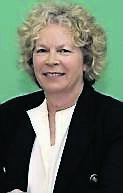
The following May, in Brussels, I won the overall European prize. Again, I could not believe it – all the other projects looked so much more elaborate and technical than mine.
That’s when I learned about perspective. When you are close to something, it looks easier than it is and when you view something from a distance, it can look more daunting than it is. So don’t be put off by the competition.
Arriving home from Brussels, the entire sixth year at my school, in Muckross College in Dublin, had been bussed to the airport arrivals – they were all there basking in my win.
All those wonderful memories have stayed with me over the years and many of those girls are still my best friends.
Over the years, I have remained in contact with the Young Scientist competition – as a judge and in other years as mentor and supporter of many projects – some of whom have done really well.
For me, the competition encompasses what science is all about. Asking a good question and thinking of ways to answer it. Discipline. Hard work. Innovation and creativity. Learning to communicate to an audience – not just a scientific one but to anyone who is interested.
Most of all, it’s about having fun.
I hope all the competitors this year get a fraction of what I got out of the BT Young Scientist Exhibition and enjoy every second.
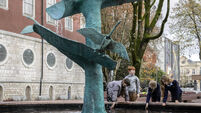
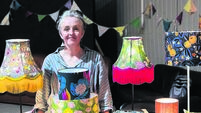



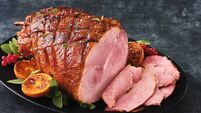
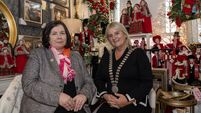
 App?
App?



